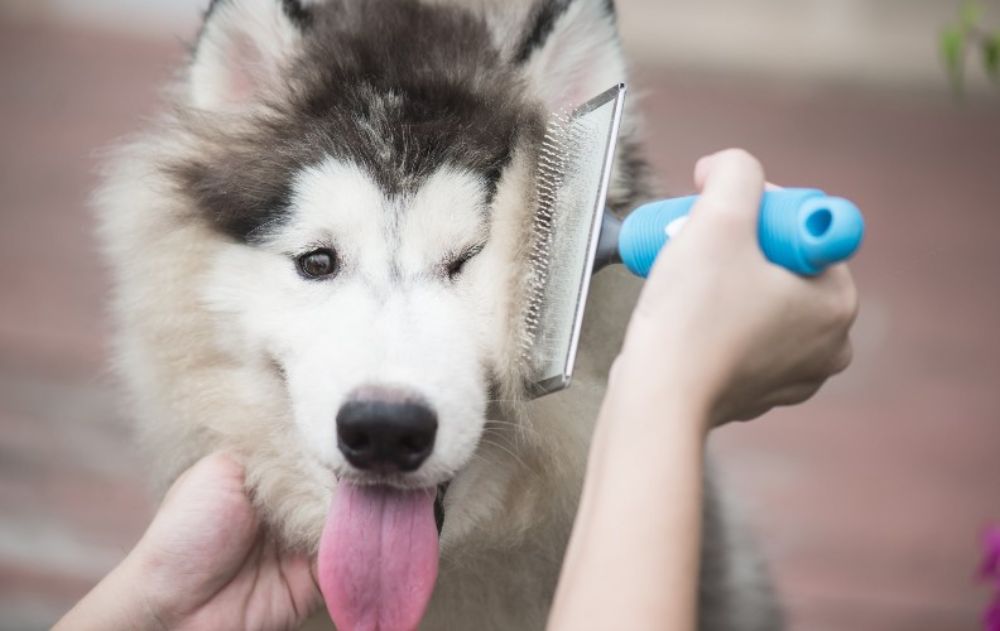Understanding Fleas and Their Impact
Fleas are small, flightless insects that feed on the blood of mammals and birds. These tiny parasites are more than just a nuisance; they can cause severe discomfort and health issues for both pets and humans. Flea infestations can lead to itching, allergic reactions, and even transmit diseases such as the plague and cat scratch fever. Therefore, effectively managing and treating fleas is crucial for maintaining the health and well-being of your household.
Identifying Fleas
Recognizing the presence of fleas is the first step in managing an infestation. Some common signs include:
- Frequent Scratching: Pets may scratch, bite, or lick themselves excessively.
- Red Bumps: Small, red, itchy bumps on the skin, particularly in areas where pets sleep.
- Flea Dirt: Black, pepper-like particles (flea feces) found on pet bedding or fur.
- Visible Fleas: Small, dark brown insects can sometimes be seen moving through your pet’s fur.
Flea Life Cycle
Understanding the flea life cycle is essential for effective treatment. Fleas undergo complete metamorphosis with four stages: egg, larva, pupa, and adult. Breaking this cycle is key to eliminating an infestation:
- Eggs: Flea eggs are laid on the host but often fall off into the environment, such as carpets, bedding, and furniture.
- Larvae: Eggs hatch into larvae, which feed on organic matter including flea dirt.
- Pupae: Larvae spin cocoons and enter the pupal stage, where they develop into adults.
- Adults: Adult fleas emerge from cocoons and begin feeding on blood, starting the cycle anew.
Treatment: How To Get Rid Of Fleas
Multiple strategies of “how to get rid of fleas” are necessary to eradicate fleas effectively. This includes treating both your pets and your home environment.
Treating Pets
- Topical Treatments: These are applied directly to your pet’s skin and provide protection for a month or longer. Common ingredients include fipronil, imidacloprid, and selamectin.
- Oral Medications: Pills and chewable tablets containing insect growth regulators (IGRs) or adulticides can kill fleas and prevent egg-laying.
- Flea Collars: Modern flea collars contain sustained-release formulas that can kill and repel fleas for several months.
- Flea Shampoos and Dips: These provide immediate relief by killing fleas on contact but may need to be used in conjunction with other treatments for long-term results.
- Comprehensive Approach: Combining treatments—such as topical preventatives and oral medications—often offers the best results.
Treating the Home
- Vacuuming: Regularly vacuum areas where your pet spends time, including carpets, rugs, and furniture. Dispose of vacuum bags immediately to prevent reinfestation.
- Washing: Wash pet bedding, toys, and any other washable items your pet comes into contact with in hot water.
- Insecticides: Use flea sprays or foggers specifically designed to kill all life stages of fleas. Make sure to follow the instructions carefully.
- Diatomaceous Earth: This natural powder can be sprinkled on carpets and pet bedding. It dehydrates and kills fleas but is safe for pets and humans when used correctly.
- Professional Pest Control: In severe cases, hiring a professional exterminator may be necessary for thorough home treatment.
Outdoor Treatment
Don’t forget to tackle outdoor areas where your pet spends time. Fleas can thrive in shaded, moist areas such as under porches or in tall grass.
- Lawn Care: Keep grass trimmed and clear away debris.
- Outdoor Insecticides: Use safe, pet-friendly outdoor flea treatments to reduce the flea population in your yard.
Long-term Prevention
Preventing future infestations is as vital as treating an existing one. Implement a consistent prevention strategy:
- Regular Medication: Administer prescribed flea preventatives consistently.
- Routine Cleaning: Maintain a regular cleaning schedule for your home and pet’s belongings.
- Regular Vet Visits: Keep up with regular veterinary check-ups to monitor your pet’s health and adjust treatment plans as necessary.
Natural Remedies
Some pet owners prefer natural remedies to chemical treatments. While not always as effective, they can complement traditional methods.
- Essential Oils: Oils such as cedarwood, lemongrass, and neem can repel fleas. However, they must be used cautiously, as some essential oils are toxic to pets, particularly cats.
- Apple Cider Vinegar: Diluted apple cider vinegar sprayed on your pet’s coat can help repel fleas.
- Herbal Flea Collars: Collars infused with natural ingredients like lavender and eucalyptus may provide protection.
Monitoring and Maintenance
After initial treatment, continue to monitor your pet and home for any signs of fleas. Fleas can be resilient, and it may take several weeks to months to completely eradicate them from your environment.
Conclusion
Fleas are a formidable adversary, but with a comprehensive and consistent approach, you can protect your pets and home from their harmful effects. By understanding the flea life cycle, utilizing a combination of treatments, and implementing preventative measures, you can effectively manage and prevent flea infestations. Always consult with your veterinarian to determine the best course of action for your specific situation, and stay vigilant to ensure a flea-free environment.



